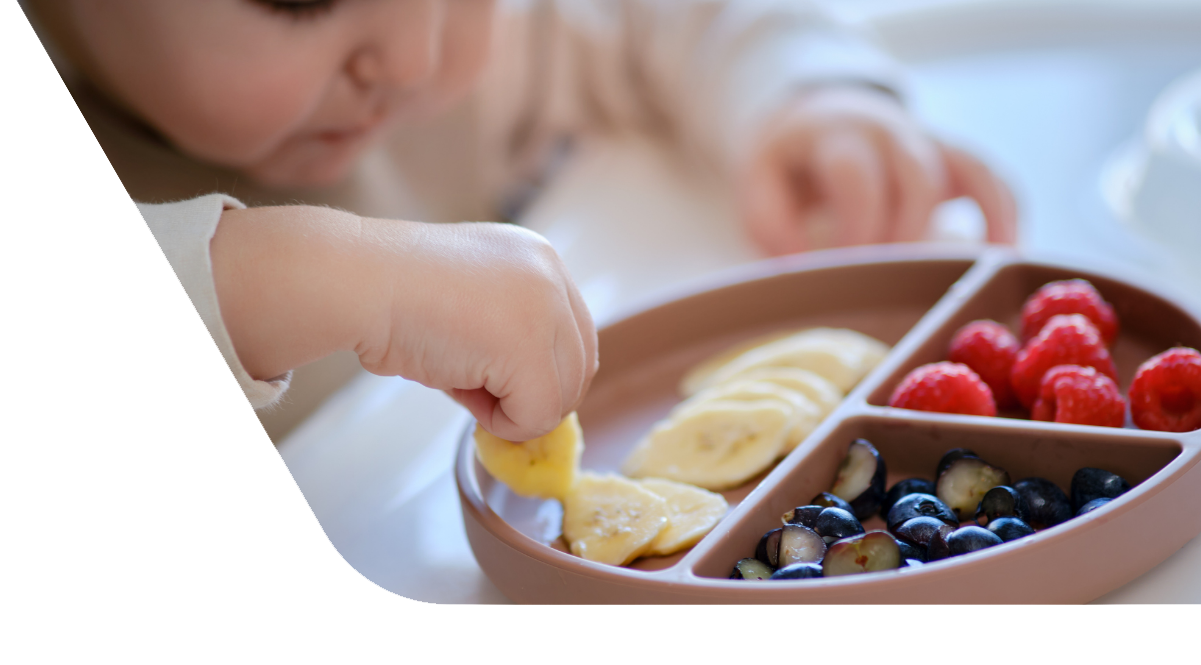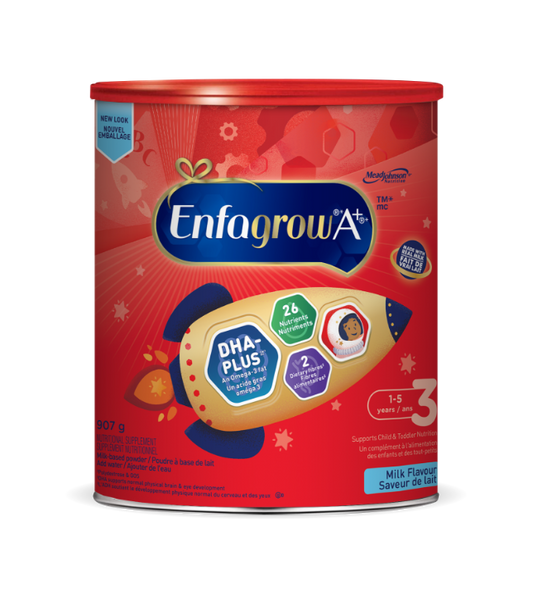It’s never too early to start laying the foundation for a well-mannered eater. You can begin by modeling good table manners yourself. Show your toddler how you use utensils and a napkin, and make a point of saying please, thank you, and excuse me at appropriate times. Even if she can’t master all of this yet (right now her bib is far more useful than a napkin!), she’s learning by watching.
Keep in mind that, at this stage, your child is still struggling to hone the basics of self-feeding, so it’s best to hold a fairly flexible definition of good manners. Mealtimes should be an enjoyable learning experience for your toddler—and that means a certain amount of food play: touching and handling different textures, lining up crackers, dipping and dunking, borrowing some food from your plate, and yes, getting some of it on the floor, on her face, and in her hair during the process. As long as some of the food is getting into her mouth and providing nourishment, indulge this messy behaviour for now.
That isn’t to say that you shouldn’t set limits. Flinging food, dishes, or utensils across the room is a no-no. Screaming at the table? Piling food in her mouth only to spit it all out? Smearing food all over her high chair without even attempting to eat? Not acceptable! In fact, these behaviours signal that your toddler isn’t hungry or that her appetite has been satisfied. Nip these behaviours in the bud by calmly removing her from the table so she learns that’s not the way to behave while eating.
Within a year, when your child is able to feed herself and follow directions well, you can begin to work on conventional table manners, like sitting up straight and not chewing with her mouth open.
—Gary C. Morchower, MD, pediatrician and author of The 1001 Healthy Baby Answers: Pediatricians’ Answers to All the Questions You Didn’t Know to Ask







